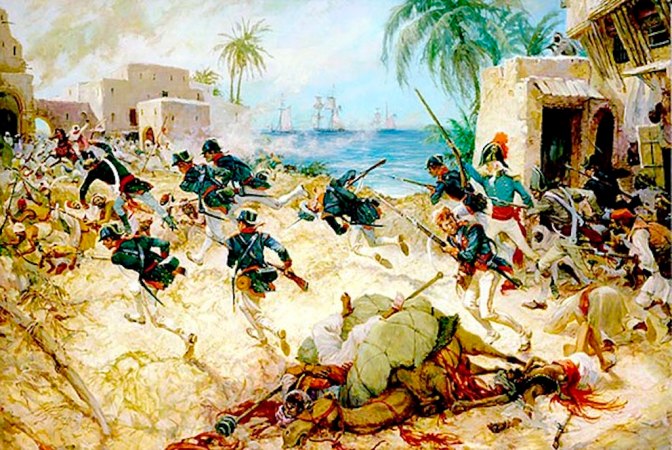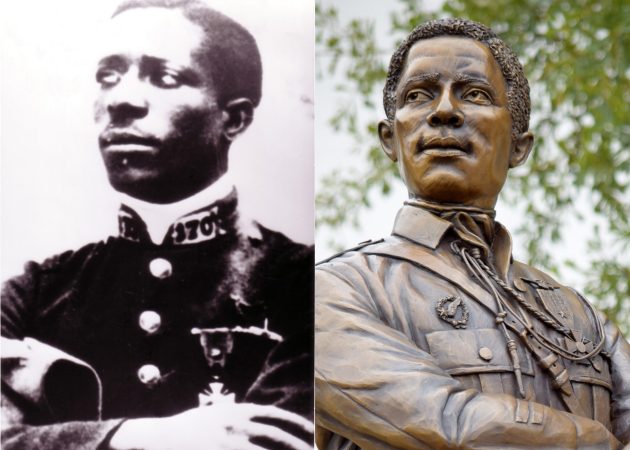For centuries, the Kings of Scotland were crowned on the Stone of Scone, also known as the Stone of Destiny, at the monastery of Scone near Perth, Scotland. Legend has it that the first King of the Scots brought it to Scotland from Ireland and used it in his coronation ceremony. When Scotland was subdued by English King Edward I, Edward removed the stone and brought it to Westminster Abbey.
Though historians and scientists have long doubted that the Stone of Scone that resided in London for the next 700 or so years was the original stone, four Scottish university students decided it belonged in Scotland. In 1950, they decided to act on that belief, stealing the stone and taking it back to Arbroath, where Scots declared their nationhood in 1320.
Today, Scotland is firmly a part of the United Kingdom along with England, Wales, and Northern Ireland. There has always been an element of Scottish society that wishes to regain its independent status, but still it remains in the UK, with support for independence varying to some degree.
While its political status is not in question, Scotland maintains a unique cultural identity, rich history, and proud heritage, separate from England. When Edward I took the stone to Westminster, he put it under his throne, declaring himself King of the Scots. Scots, understandably, hated this back then but over time simply became resentful of it. Still, the stone was a part of Scottish history, not English.

As the calls for greater autonomy from the United Kingdom grew in Scotland in the first half of the 20th century, more and more people began to voice their support for it. Ian Hamilton and Gavin Vernon, two students at the University of Glasgow, hatched a plan to steal the stone from Westminster Abbey and return it to its rightful place in Scotland to awaken fellow Scots to the idea of pulling away from the English monarchy.
They enlisted the help of two other Glasgow students, Kay Matheson and Alan Stuart and secured funding from a Scottish corporate lawyer named Robert Grey. They planned to drive to London in their Ford Anglias, study the watchmen’s shifts, stay behind after hours and steal the stone. Their first attempt was foiled when a watchman found Hamilton hiding under a trolley car.
The next day, their original plan went into motion. They entered the Abbey in the middle of the night, reached the chapel containing Edward’s throne, and removed the stone. Unfortunately, they dropped it, breaking it in two. They used a coat to drag the larger, heavier piece to the waiting car, and simply carried the other. Hamilton and Matheson were nearly caught by a nearby policeman, but pretended to be lovers to avoid suspicion.

As Matheson drove the first piece to safety, Matheson returned to the Abbey to help Stuart and Vernon, still dragging the larger piece. They got it into the car without incident, but the weight of the stone was testing its suspension system.
They decided to hide the larger piece in a field and return to Scotland. The car with the smaller piece was left with a friend. They all returned to Scotland, but when police realized the stone was gone, they closed the Scottish-English border for the first time in 400 years. After the heat died down, they recovered the stones and had them reattached.
Eventually, in 1951, police found the stone on the site of the High Altar at Arbroath Abbey, where Scottish nationhood was declared in 1320. In 1952, it was returned to King Edward’s Throne. The investigation that followed led to all four conspirators being interviewed, and all but Hamilton confessed to their role. To avoid politicizing the theft – and Scottish independence – any further, the crown decided not to prosecute the students.









